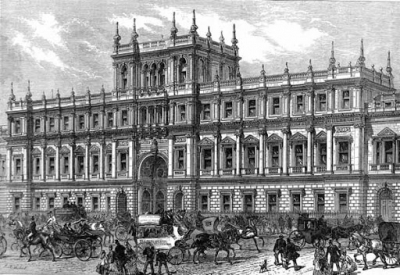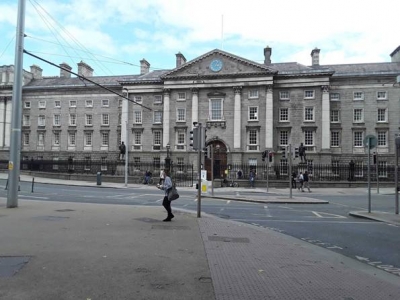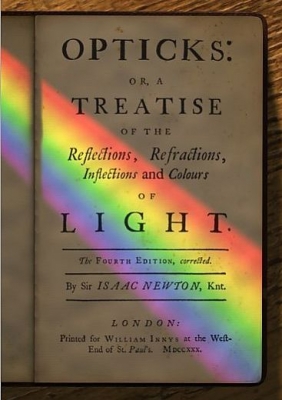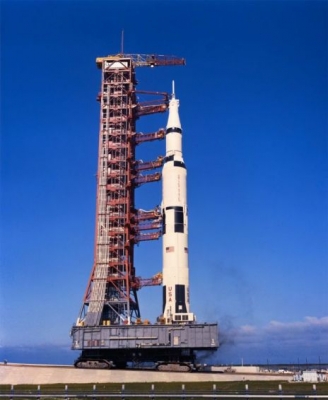
Newton was invited to join the Royal Society in early 1672. The Society had distinguished personalities such as Robert Boyle and Christopher Wren as its members at the time. Newton had seen the invitation to join as a great honour.
He found a rival of his rank at the Society. It was Robert Hooke, who had been a member of the Royal Society right from its start. Hooke was a brilliant and inventive man whose mind moved from discipline to discipline, making discovery after discovery.
Though Hooke was mainly interested in mechanics, he built amazing microscopes and researched the structure of the plant cell. He was also a gifted inventor who created dozens of devices ranging from an early form of the telegraph to a diving bell.
He had also ventured into the study of combustion, musical notes and the nature of light, the last of which became the bone of contention between Hooke and Newton. The conflict between the duo began with conflicting opinions about the nature of white light. Newton presented his first paper to the Royal Society in February 1672, in which he detailed his work on the nature of light and advanced his theory that white light was a composite of all the colours of the spectrum. Newton asserted that light was composed of particles.
Hooke had his own ideas about the nature of light. He believed that light travelled in waves, in contradiction to Newton’s belief. Hooke was critical of Newton’s paper.
He went on to attack Newton’s methodology and conclusions. Hooke was certainly not the only person to take a critical stand. Huygens, the great Danish scientist and a number of French Jesuits also raised objections. However, due to his work in the same field and prominence within the society, Hooke’s remarks were the most cutting.
Newton responded to the criticism by being angry and defensive. This came to be his characteristic response to any critique of his work.
Picture Credit : Google










